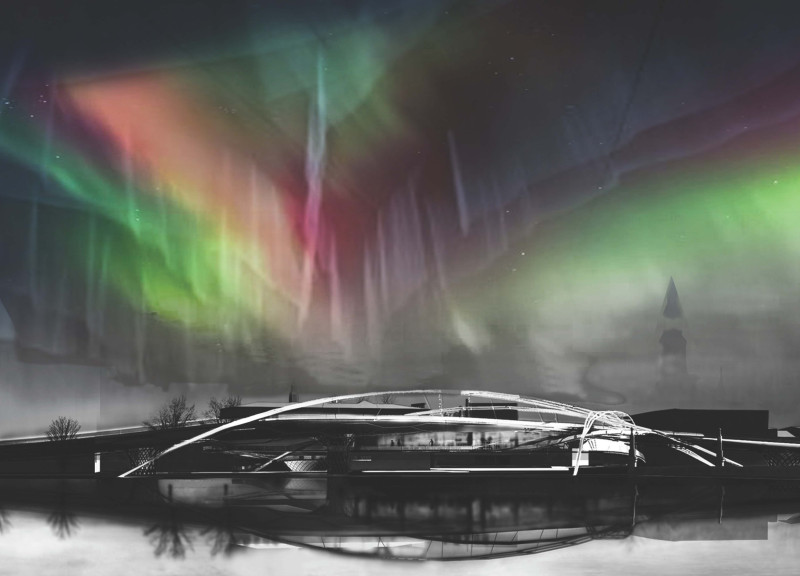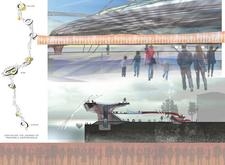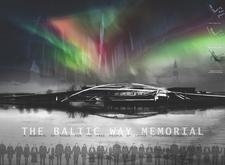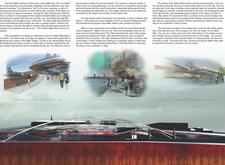5 key facts about this project
### Overview
The Baltic Way Memorial is located in the Baltic states, specifically designed to commemorate the peaceful demonstration of 1989 when approximately two million individuals formed a human chain across Estonia, Latvia, and Lithuania in a unified expression for freedom. The memorial serves not only as a historical marker but also as a contemporary space for reflection, education, and community engagement, enhancing the narrative of independence and cultural unity in the region.
### Spatial Strategy
The spatial arrangement of the memorial emphasizes flexibility and interaction, featuring a series of viewing platforms that offer panoramic vistas of the surrounding landscape. These elevated areas are designed to facilitate reflection on the historical significance of the event. The layout includes fluid pathways, guiding visitors through the site and promoting communal experiences, thereby echoing the original concept of the human chain. Designated exhibition spaces ensure that the stories and history of the Baltic states are preserved and made accessible to a diverse audience.
### Materiality and Sustainability
A combination of materials has been selected to reinforce themes of connectivity and resilience. The extensive use of glass in the facades symbolizes transparency and openness, fostering a visual connection with the environment. High-strength steel is employed for structural components, conveying durability, while concrete serves as a stable foundation, representing historical continuity. The integration of natural stone in walkways complements the ecological context and enhances the memorial’s relationship with the landscape, further supporting its sustainable design objective. Additionally, landscaped areas incorporate native vegetation, promoting ecological harmony while providing spaces for contemplation within the memorial grounds.





















































